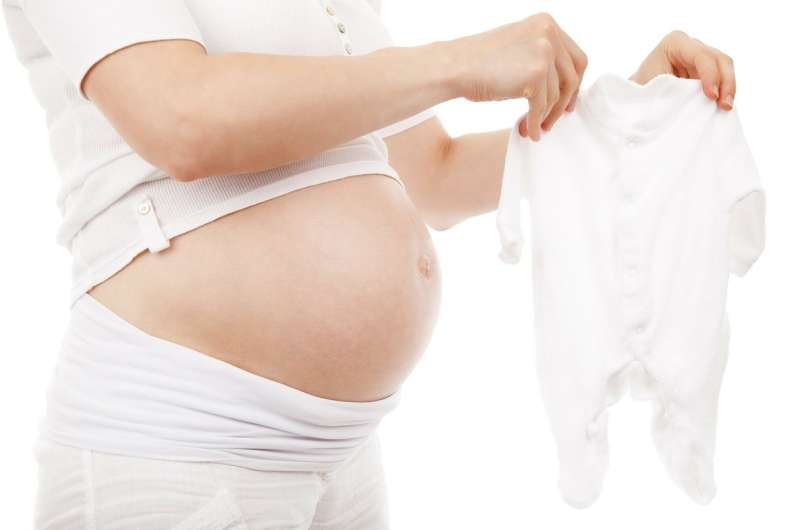This article has been reviewed according to Science X's editorial process and policies. Editors have highlighted the following attributes while ensuring the content's credibility:
fact-checked
peer-reviewed publication
trusted source
proofread
Prenatal exposure to GLP-1 receptor agonists and other second-line antidiabetics may not pose greater risk than insulin

Infants born to women with pre-gestational type 2 diabetes who take second-line non-insulin antidiabetic medications (ADMs) during pregnancy are at no higher risk of major congenital malformations (MCMs) than infants born to those who take insulin, according to a new study led by Harvard T.H. Chan School of Public Health.
While MCMs, including major cardiac malformations, are more prevalent among infants born to women with pre-gestational diabetes, the researchers observed no differences in risk between infants whose mother treated her diabetes with insulin versus with non-insulin second-line ADMs.
The study also found an increase in use of second-line non-insulin ADMs throughout the study period, especially use of GLP-1 receptor agonists in the U.S., suggesting the number of infants prenatally exposed to these drugs will continue to increase.
The study was published in JAMA Internal Medicine. It is the first large study to examine the potential risks second-line non-insulin ADMs pose to fetal development in humans.
"As type 2 diabetes becomes a more common condition among women of reproductive age, and with the recent approval of GLP-1 receptor agonists such as semaglutide to treat obesity, the number of exposed pregnancies is likely to increase. Our findings provide initial reassurance of safety for infants prenatally exposed to these medications," said first author Carolyn Cesta, assistant professor at Karolinska Institutet in Sweden.
Using health databases in Finland, Iceland, Norway, Sweden, the United States, and Israel, the researchers examined the outcomes of more than 3.5 million pregnancies between 2009 and 2021.
Among these pregnancies, 51,826 (1.5%) comprised the study group of women with pre-gestational type 2 diabetes. In the periconceptional period—between three months before and three months after conception—15,148 (29.2%) of these individuals filled a prescription for a first- or second-line ADM.
The study found that infants whose mother had pre-gestational type 2 diabetes had a substantially higher prevalence of MCMs, including cardiac malformations, compared with infants in the general population.
Within the study population of women with type 2 diabetes, 5.58% of infants were born with an MCM and 2.25% were born with a cardiac malformation, compared to 3.76% and 1.31%, respectively, of infants born to the general population. However, within infants born to women with diabetes who took second-line non-insulin ADMs—sulfonylureas, DPP-4 inhibitors, GLP-1 receptor agonists, or SGLT2 inhibitors—the study did not find a greater risk of MCMs after periconceptional exposure compared with infants exposed to insulin.
The researchers noted that some of the study's findings were imprecise, and that continuous monitoring and further research will provide more precise risk estimates.
"As more and more parents and their health care providers search for evidence on the safety of these medications, our research can help inform their decisions," said senior author Sonia Hernández-Díaz, professor of epidemiology at Harvard Chan School.
More information: Carolyn E. Cesta, Safety of GLP-1 receptor agonists and other 2nd-line antidiabetics in early pregnancy: an international cohort study, JAMA Internal Medicine (2023). DOI: 10.1001/jamainternalmed.2023.6663




















